We kick off this season of Archiver on February 8th, 1941 at the Ivanhoe Temple in Kansas City.
The Ivanhoe was home to much of the city’s musical talent but on Saturday nights it was home to the Brush Creek Follies which originated on KMBC in Kansas City.
In the 1930s and 1940s The Brush Creek Follies was one of the most popular radio variety shows in the country and KMBC was a powerhouse radio station. It was headquartered at the swanky Pickwick hotel in downtown Kansas City.
It had been broadcasting in some form since 1922 but changed its call letters to KMBC in 1927 to reflect the owners, Midland Broadcasting Company. The next year, it was the 16th affiliate to join the CBS network where the Brush Creek Follies was distributed across America.
It’s hard to overstate how deeply embedded KMBC was in Kansas City. The station covered news, sports and local politics. It had morning shows for homemakers. The station covered agriculture and even had its own farm. But KMBC reached way beyond Kansas City with its entertainment programs.
Chucj Haddix, curator at the Marr Sound Archive at UMKC, says early on the owner of KMBC, Arthur Church, Jr., figured out he had two distinct audiences.
“Mr. Church looked around and saw all this farmland around Kansas City and so he developed programming for both the urban market in Kansas City and also the farm market too.”
That farm market was vast, especially at night when the KMBC signal reached from Colorado to Chicago and from the Canadian border to Texas and Louisiana. And Church knew exactly what those folks wanted to hear; hillbilly music and country comedy.
The host of the Brush Creek Follies was Hiram Hibsbee who also worked at WLS in Chicago, the Grand Ole Opry on WSM-Nashville and is in the Country Music D-J Hall of Fame. And every Saturday night he presided over a pretty large stable of acts. There was Colorado Pete, who had the biggest gold tooth this side of Colorado. A comedy character named Rube Wintersuckle who sounded exactly what you think a guy who called himself Rube Wintersuckle sounded like. And there was Kitt and Kay, teenage singers who the paper in Stanberry, Missouri said in 1940 that they were “appealing to the eye and blessed with beautiful singing voices.”
There were other big time KMBC entertainment programs like the Red Horse Ranch, a cowboy soap opera. But the Brush Creek Follies was the crown jewel.
The company did road shows across Missouri and Kansas was heard all over America via CBS. Because they were nationally distributed, some KMBC talent went on to pretty big entertainment careers. The Texas Rangers quartet moved to Hollywood and backed up Gene Autry at Republic Pictures. Tex Owens also went to Hollywood. He wrote the classic song “Cattle Call” which hit number one on the county charts in 1955.
But the KMBC talent with the longest lasting impact on American entertainment, someone who changed the landscape of network television, is someone you’ve probably never heard of but whose work you can still see on television.
Paul Henning grew up in Independence and created the Beverly Hillbillies and would go to create Petticoat Junction and Green Acres.
Henning got his start at KMBC when radio was still a bit of an experiment, says Brent Schondelmeyer who is on the board of the State Historical Society of Missouri. “This was a place that had an unlimited amount of time to fill. It was the internet of its time. Nobody quite knew how to use it. Nobody quite knew what its reach might be. Nobody quite knew what it could support.”
He says Henning got his start on KMBC as a singer but figured out that wasn’t his future. “Singing might be one thing, but as anybody who's involved in early radios says, the more things that you can do, the more value valuable you could become. And so he started writing scripts.”
By the time the Beverly Hillbillies was a hit, the powerhouse days of local radio were over. Radio was, and still is for that matter, popular but those days of dominance faded in the early 50s. Programming was once aimed at the widest possible audience but now is narrowly focused. But even in the 30s and 40s, KMBC knew its audience and who was listening when. The Women of the Air.
That is the next installment of Archiver.




